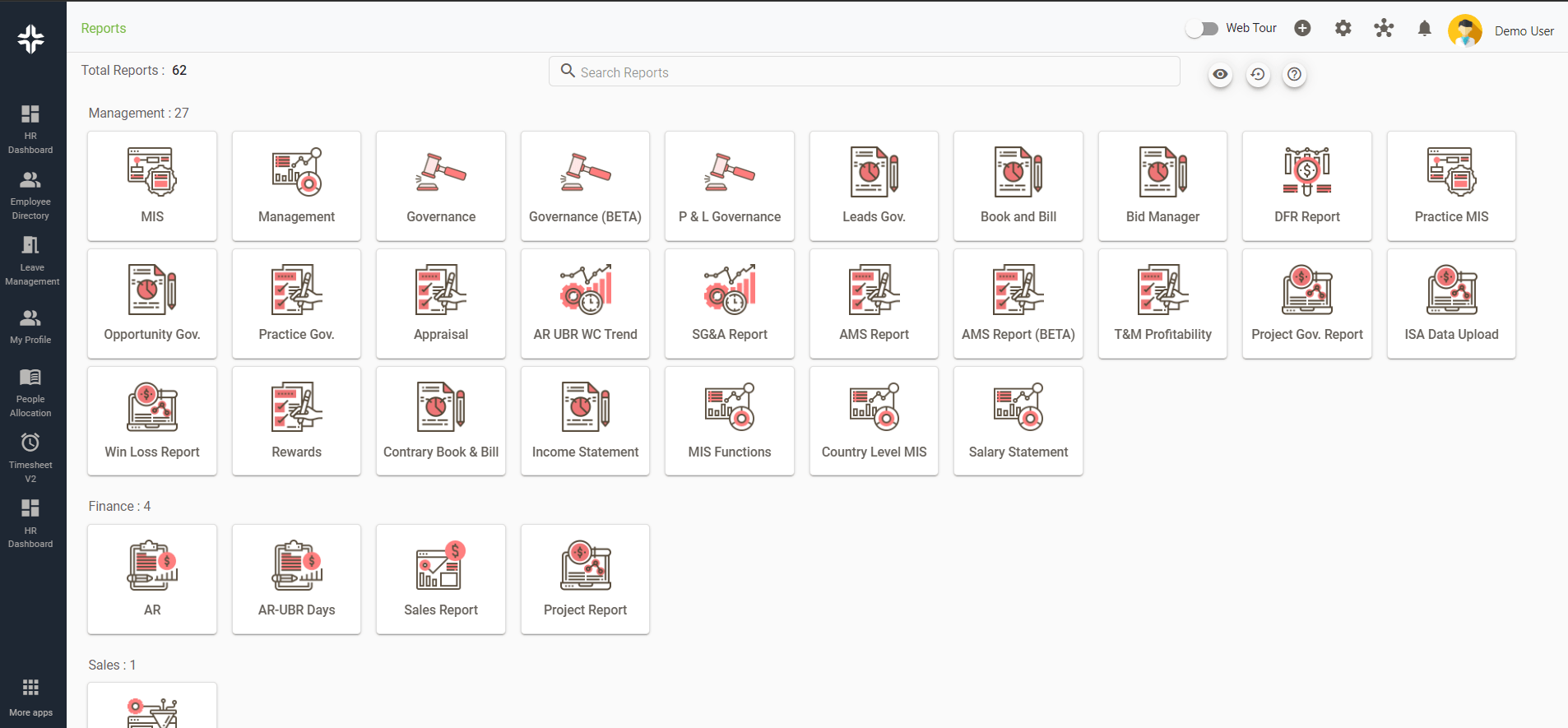Home » PSApedia
Cross-Sell percentage
Optimize Cross-Sell Percentage for Increased Revenue. Discover Strategies for Effective Upselling and Growth Opportunities.

What is Cross-Sell Percentage?
Cross-sell percentage is a metric used to determine the effectiveness of cross-selling efforts within an organization. It measures the proportion of customers who purchase additional services or products beyond their primary purchase.
In Professional Service Automation (PSA), cross-selling means offering extra services or tools to improve the client’s main service.
Importance of Cross-Sell Percentage
Cross-selling is a powerful strategy for businesses, especially in the service sector. Here’s why it’s crucial:
1. Revenue Growth: Cross-selling can significantly increase the average transaction value, leading to higher revenues.
2. Enhanced Customer Relationship: Offering relevant additional services can enhance the customer’s experience, leading to increased loyalty and retention.
3. Operational Efficiency: With tools like Professional Service Automation, businesses can identify cross-sell opportunities more efficiently, ensuring that clients receive timely and relevant offers.

Why Cross-Sell percentage is so important?
Calculating Cross-Sell Percentage
Formula:
Cross-Sell Percentage = (Number of Transactions with Additional Purchases / Total Number of Transactions) × 100
Example:
Let’s say a PSA firm had 100 transactions last month. Out of these, 30 transactions included additional services beyond the primary purchase. Using the formula:
Cross-Sell Percentage= (30/100) ×100=30%
This means 30% of transactions involved cross-selling.
Cross-Sell Percentage vs Up-Sell Percentage
While both cross-selling and up-selling aim to increase the transaction value, they differ in approach:
1. Cross-Selling: This involves offering complementary products or services. For instance, a ticket management software company might cross-sell a project management tool.
2. Up-Selling: This encourages customers to purchase a higher-end product or a premium version of their current service. For example, moving a client from a basic finance management software package to a premium one.
Understanding the difference helps businesses tailor their sales strategies more effectively.
| Cross-Sell Percentage | Up-Sell Percentage |
|---|---|
| The percentage of existing clients who purchase additional services or products beyond their initial purchase. | The percentage of existing clients who upgrade to higher-tier services or add-ons, resulting in increased revenue per client. |
| Expand the range of services or products a client uses, increasing overall revenue from the same client base. | Encourage existing clients to spend more by opting for premium offerings or add-ons, thus increasing their lifetime value. |
| Expanding the breadth of services/products offered to the same client base. | Increasing the depth of services/products used by the same clients. |
| Identifying complementary services/products that align with the client’s existing needs and preferences. | Promoting premium features, add-ons, or advanced service tiers to clients who have already benefited from the basic offering. |
Utilizing Cross-Sell Percentage in PSA
Professional Service Automation tools can enhance cross-selling in several ways:
1. Identifying Opportunities: PSA tools can analyze customer data to pinpoint cross-sell opportunities. For instance, if a client uses resource management software, they might benefit from an employee exit tool.
2. Automated Recommendations: Advanced PSA tools can automatically suggest complementary services based on a client’s profile and purchase history.
3. Performance Tracking: By monitoring cross-sell percentage, businesses can gauge the effectiveness of their cross-selling strategies and make necessary adjustments.
4. Integration with Other Tools: PSA software can integrate with other systems, like deal management software, to provide a holistic view of the customer journey and identify cross-sell opportunities.
Ready to Optimize Cross-Sell Percentage?
KEBS, a leading PSA software, offers a suite of tools designed to optimize cross-selling. KEBS provides actionable insights, helping businesses understand their clients better and identify potential cross-sell opportunities. With KEBS, businesses can integrate various tools, from Gantt charts to sales pipelines, ensuring a unified approach to cross-selling.
KEBS allows businesses to tailor offers based on client needs, ensuring higher cross-sell success rates. With resources like whitepapers and articles, KEBS ensures that businesses have the knowledge to implement effective cross-selling strategies.

KEBS Reports
Ready to optimize your cross-sell percentage? Contact KEBS today or request a demo to see how KEBS can transform your cross-selling efforts.



